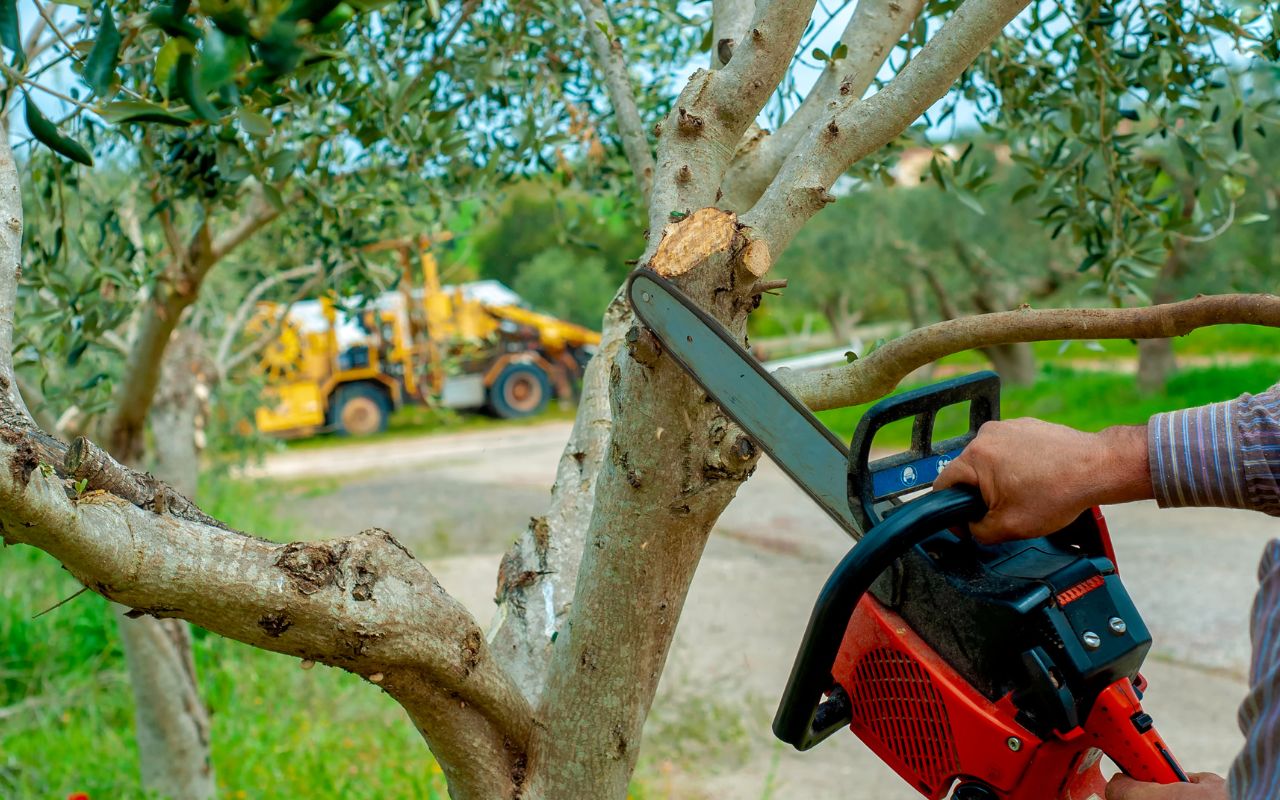
Tree removal is a significant decision, often necessary to protect property and ensure safety. Expert advice on tree removal helps you understand when and why it’s essential, how to approach it, and what steps to take afterward. Following these insights will guide you in making informed decisions about tree care.
Critical Considerations for Tree Removal
When Tree Removal Becomes Necessary
Understanding the right circumstances for removal is crucial. Trees may need removal due to disease, damage, or structural issues.
- Severe disease or decay: Trees with extensive rot or disease may become hazardous as their structural integrity is compromised.
- Risk to structures: Trees too close to buildings or power lines can pose risks, especially in storms.
- Dead or dying trees: Removing dead trees promptly prevents potential safety hazards and opens space for new growth.
Assessing these factors helps determine if removal is the safest option for your property.
The Removal Process Explained
Tree removal involves several critical steps to ensure safe and efficient removal.
- Site preparation: Clearing the area and assessing the best approach minimizes risks and ensures a smooth process.
- Tree cutting and removal: Professionals use specialized equipment to cut down the tree in manageable sections, preventing damage to nearby structures.
- Stump grinding or removal: Removing the stump prevents regrowth and keeps the area safe for future use.
Working with experienced professionals ensures safe removal and thorough cleanup.
Post-Removal Steps to Consider
After removal, there are several steps to consider for restoring the area and planning future use.
- Land restoration: After stump grinding, filling, and leveling the area with soil helps restore it for future landscaping.
- Planting new trees: If desired, replanting trees in safer areas can maintain the natural appeal of your landscape.
- Soil health check: Testing the soil and amending it as needed supports future plant growth and prevents nutrient depletion.
Post-removal actions ensure your landscape remains functional and ready for future planting or other uses.
Common Misconceptions About Tree Removal
Tree removal can involve misconceptions. Understanding the facts helps you make the best decisions.
- “Tree removal is a last resort only”: While removal is often a last resort, it is sometimes the best choice for property safety.
- “Any tree removal is expensive”: Cost depends on tree size, location, and removal complexity, often making professional removal affordable.
- “Removal damages the surrounding area”: Professionals use careful techniques to protect nearby plants and structures.
Knowing what to expect allows for realistic planning and helps you feel confident in your decisions.
Protect Your Property with Expert Tree Removal
Tree removal is often essential for property safety and landscape health. Contact us at (443) 400-6964 for professional advice and safe removal services. We’re here to handle your tree care needs with expertise.
